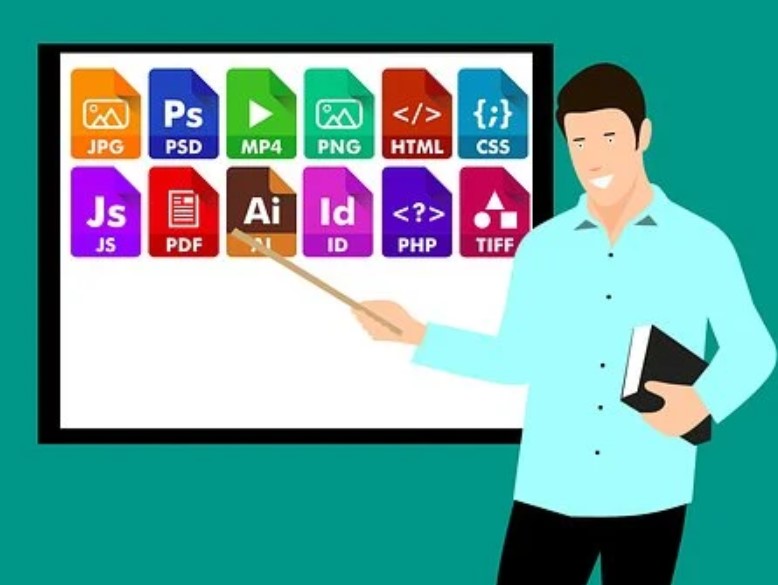There are a large number of image formats available today, while there are also some formats that have become obsolete. Image conversions can come in handy when you want to save space, while also preserving image quality. The most common issue with image conversions is the loss of photograph detail, which is why resorting to PDF formats is always recommended.

Here’s why you may have to have to convert your image files to PDF.
More Organized
If you have a set of different images that you want to be compiled, instead of having to compress them into zip files, it’s better to convert them to PDF. This way, you don’t have to worry about waiting for their extraction or having to number tens of images to appear in a certain sequence. PDF files are more than just an image format; they can display your images as documents in a certain sequence, which allows you to present them in a more organized manner.
Formality and Quality
If you have an image of your resume, you should always have it converted to PDF. Not only is it more formal to send your resume in PDF formatting, but it’s also easier on the eyes. PDF formats can display high-quality text and preserve the quality of your images. If you have a bunch of JPEG images on your hand, you may have to convert them to PDF if you’re sending them in a professional email. According to the experts at jpg to pdf, you can do this by using online converters. Just make sure that the website is secure to avoid having your confidential information exploited.
Ubiquity
PDF is an image format used around the world, so it’s inarguably a safe option when it comes to using a ubiquitous image file that’s easy for users to view and share. Further, it’s just one of those file types that’s here to stick for the long haul. It’s no surprise that technology evolves pretty quickly, but the PDF format, in particular, has a history behind it and we would have to see a huge shift in computing technology before this format ever gets replaced. It also works on just about any operating system, ranging from Mac and Microsoft to android and IOS.
Compression
If you have RAW images or files in TIFF format, they should always be converted before they’re handled or sent as an attachment. To maintain the photo integrity, TIFF formats use lossless compression, which also translates to having big files on your drive. One way you can maintain image quality whilst saving some space on your drive is to convert your files to PDF through a program that allows you to control resolution compression. Make sure you set the resolution compression to low to maintain the crisp quality of your files.

Converting your image files to PDF will allow you to store your documents in a more organized manner. The format is also one of the most ubiquitous image formats available today, so it’s a safe alternative to other formats because it’s unlikely to go obsolete. It also allows you to compress your RAW files without having to worry about compromising image detail.






![[Top 9] Chat Forums on Deep Web | Deep Web Chat Rooms | Enter At Your own Risk Top 9 Chat Forums on Deep Web, The Lolita City, onion deep web, dark web lolita, lolita city,](https://www.gadgetgyani.com/wp-content/uploads/2018/03/deep-web-CHAT-FORUMS.jpg)













